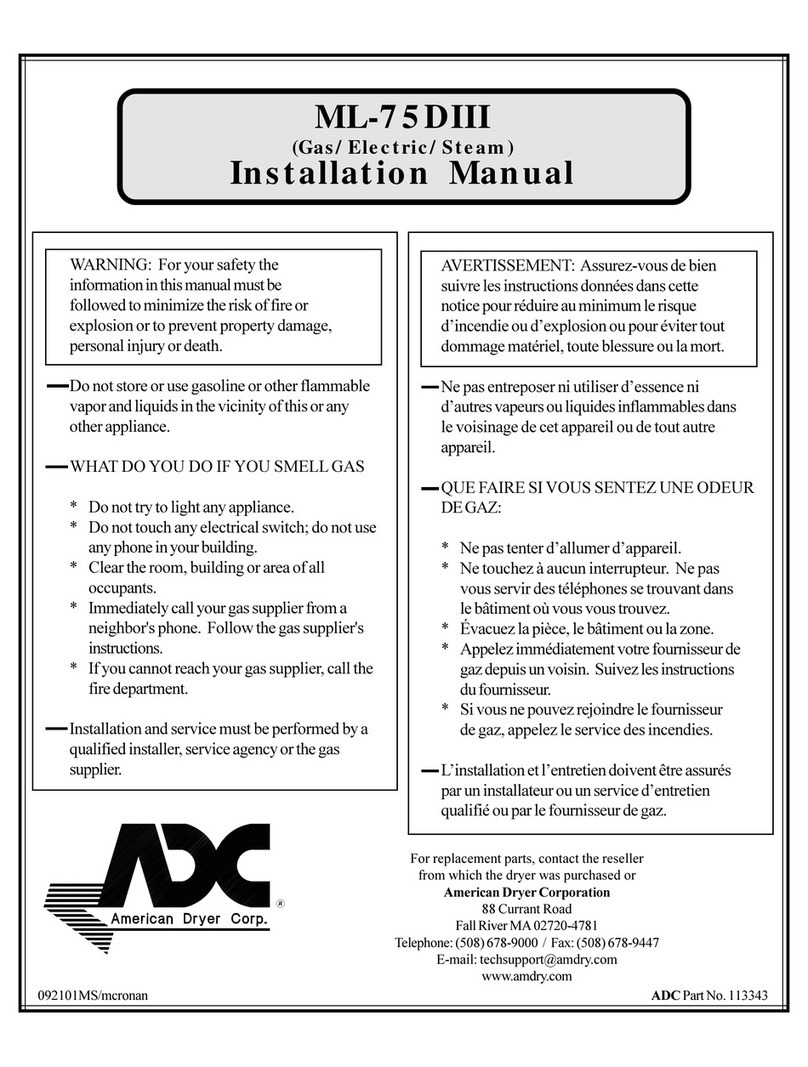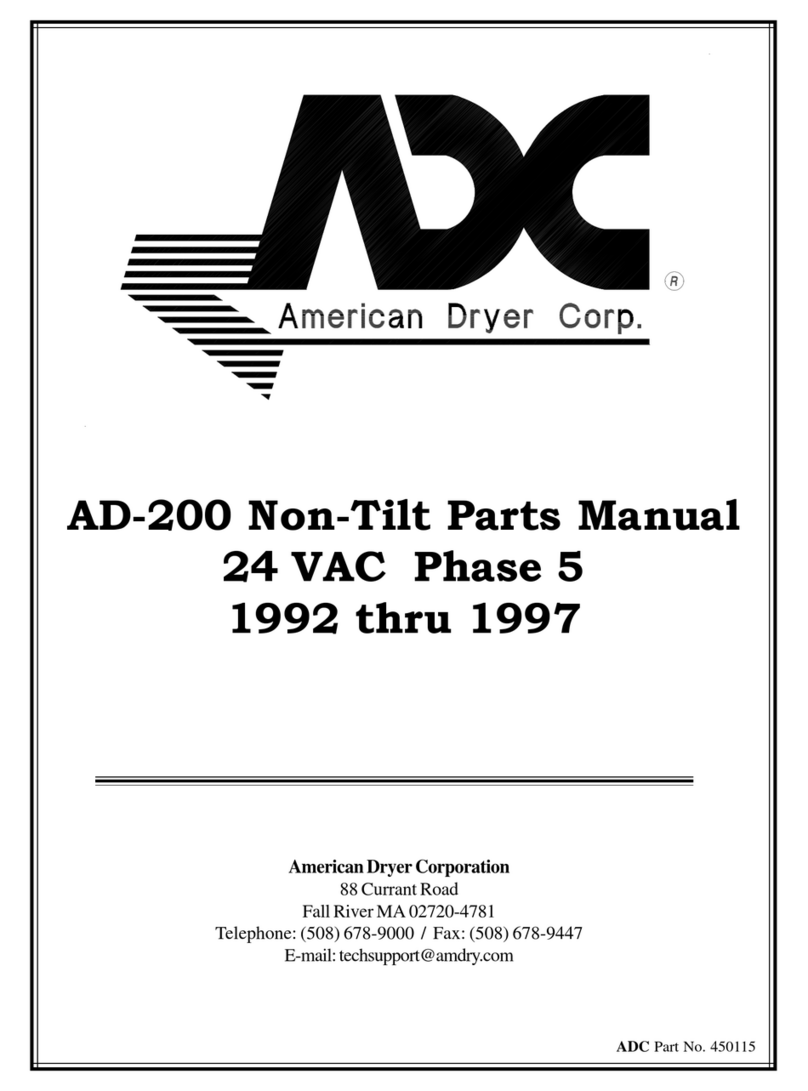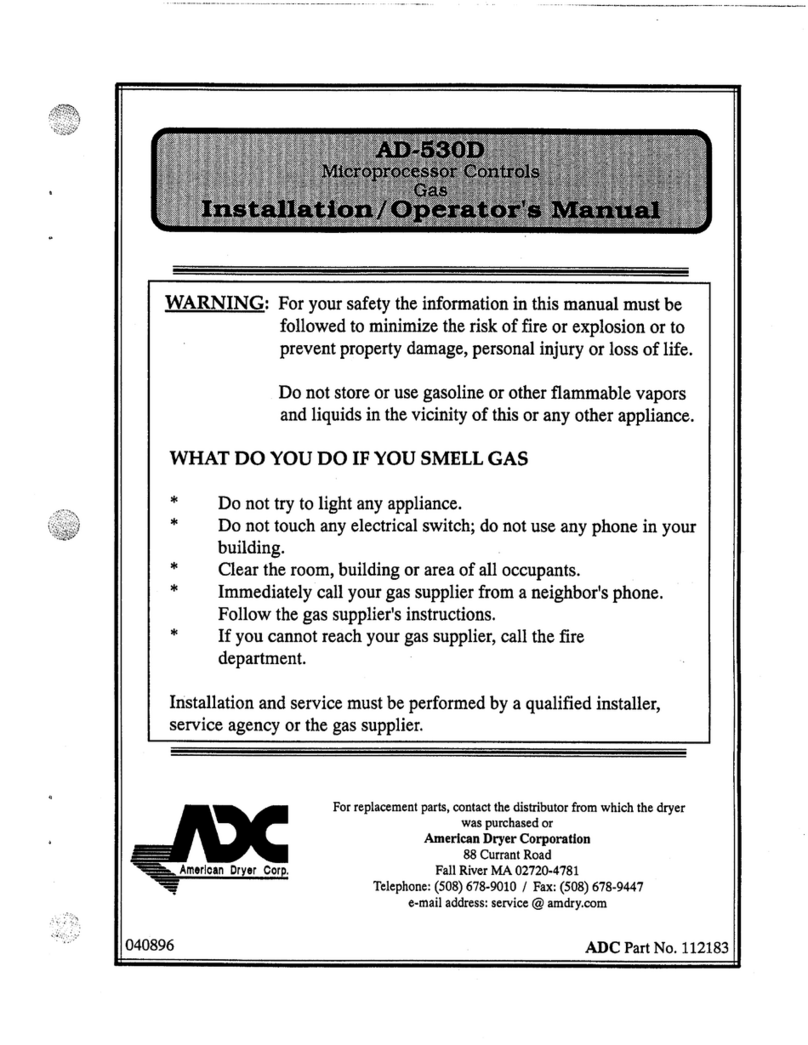American Dryer Corp. AD-285DH User manual
Other American Dryer Corp. Dryer manuals
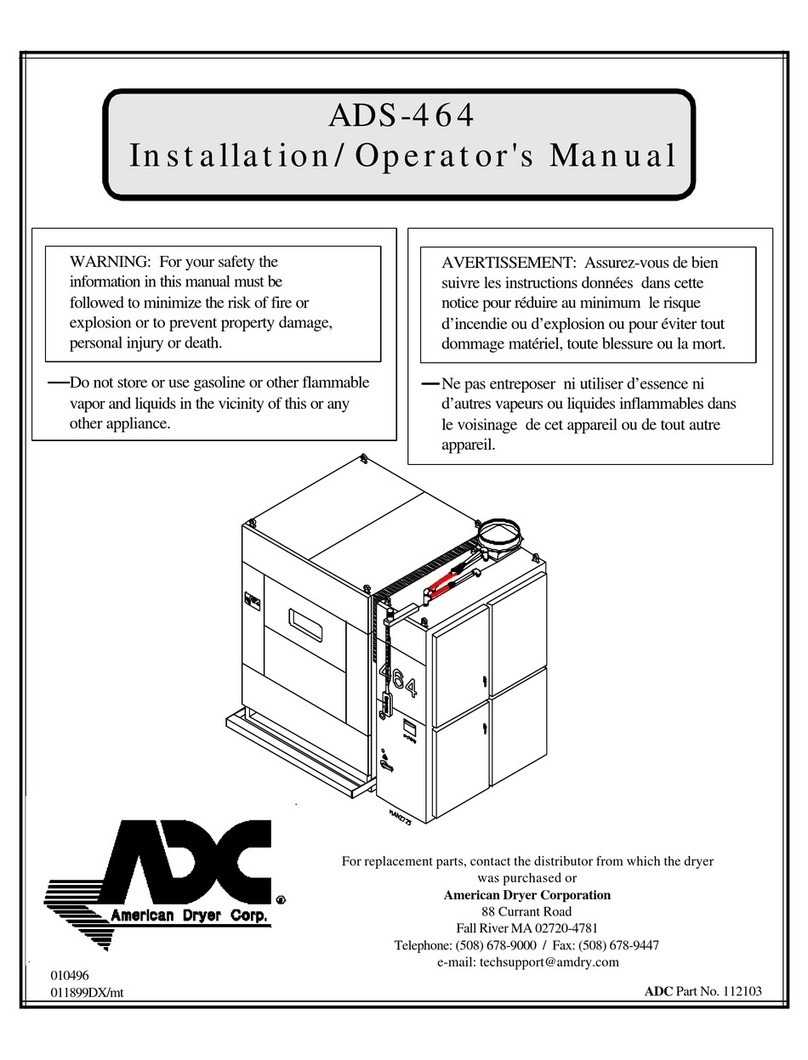
American Dryer Corp.
American Dryer Corp. ADS-464 Administrator Guide
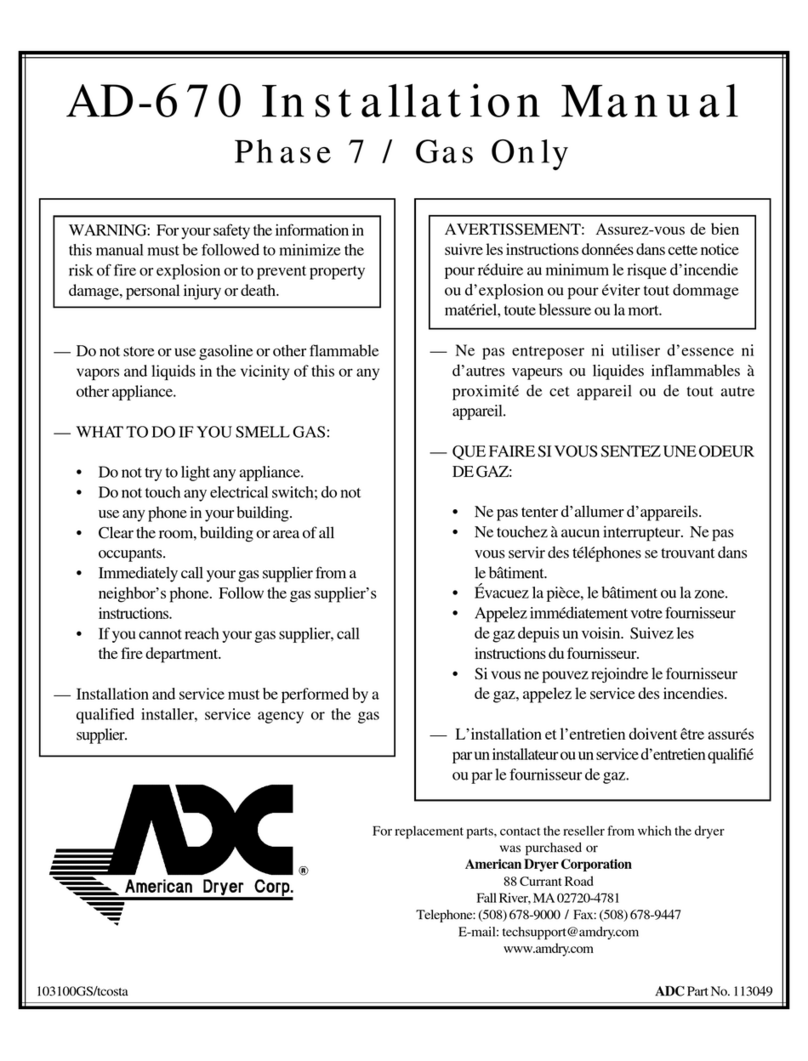
American Dryer Corp.
American Dryer Corp. AD-670 Phase 7 User manual

American Dryer Corp.
American Dryer Corp. ADE-30S User manual

American Dryer Corp.
American Dryer Corp. AD-530 User manual
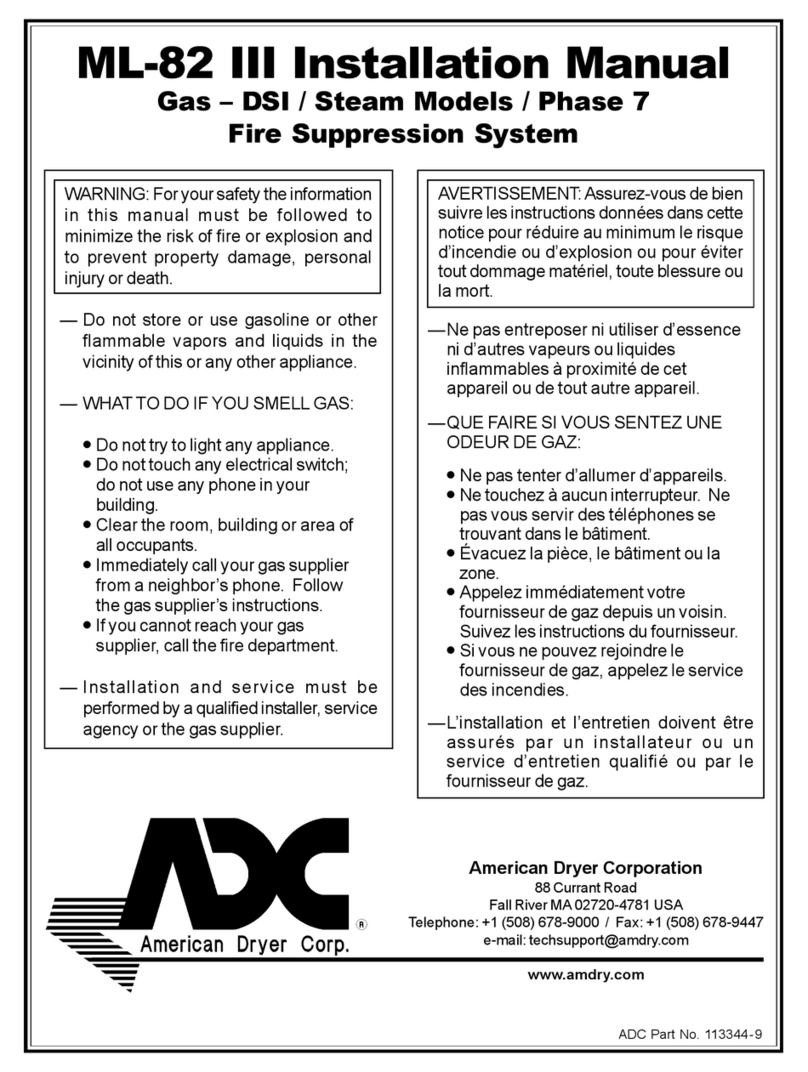
American Dryer Corp.
American Dryer Corp. ML-82 III User manual
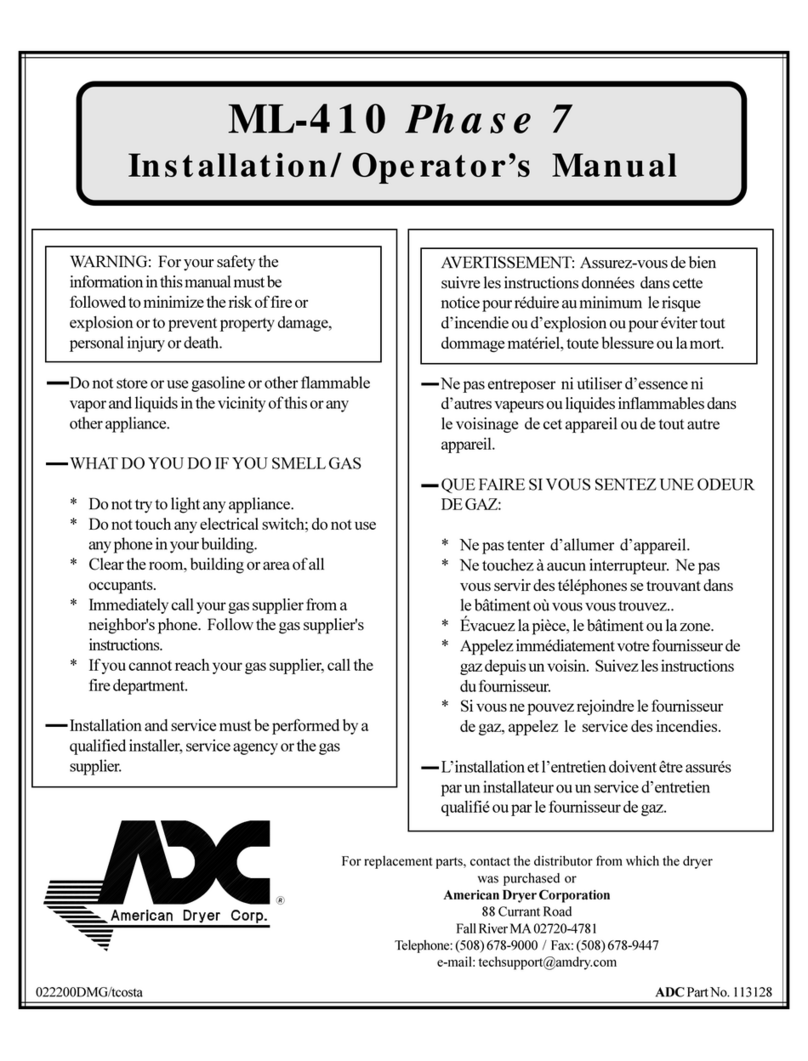
American Dryer Corp.
American Dryer Corp. ML-410 Administrator Guide
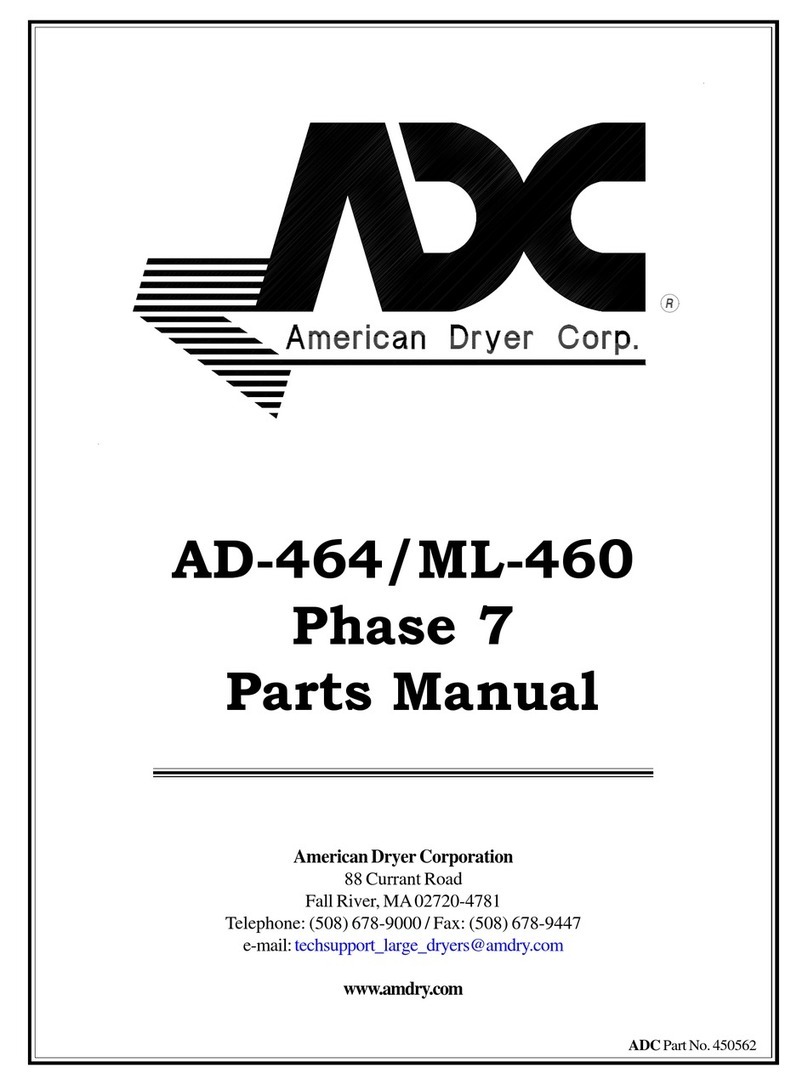
American Dryer Corp.
American Dryer Corp. Phase 7 Gas/Steam AD-464 User manual

American Dryer Corp.
American Dryer Corp. ES35 Administrator Guide
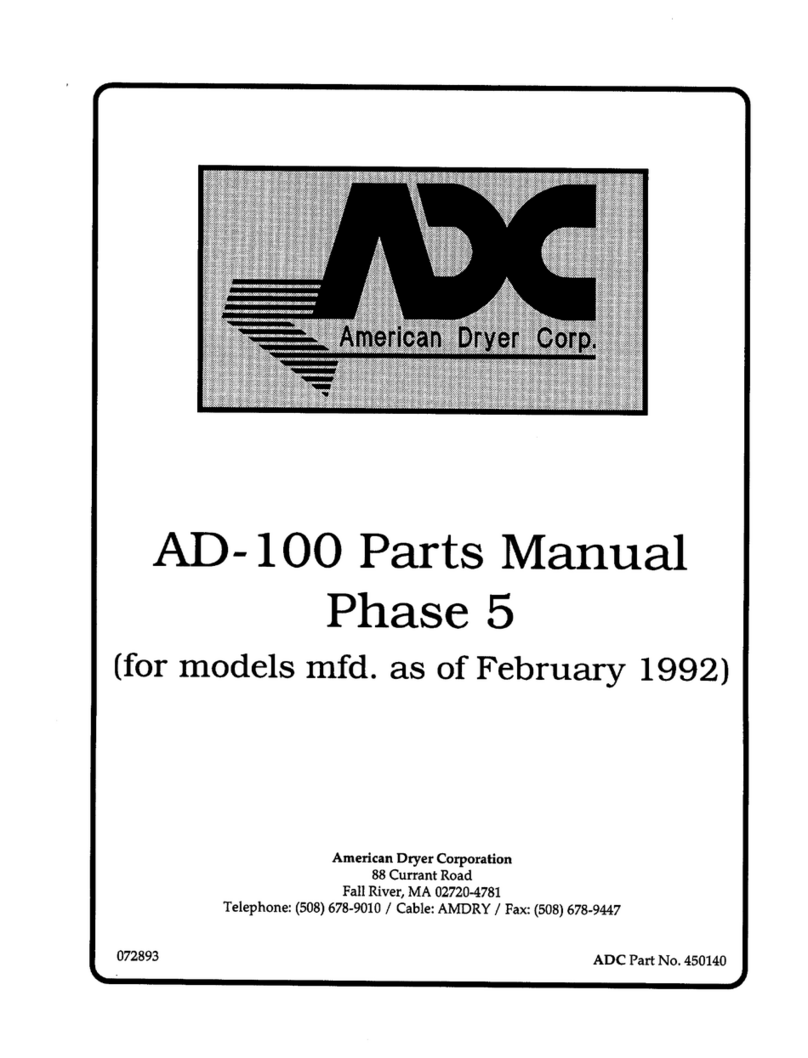
American Dryer Corp.
American Dryer Corp. AD-100 User manual
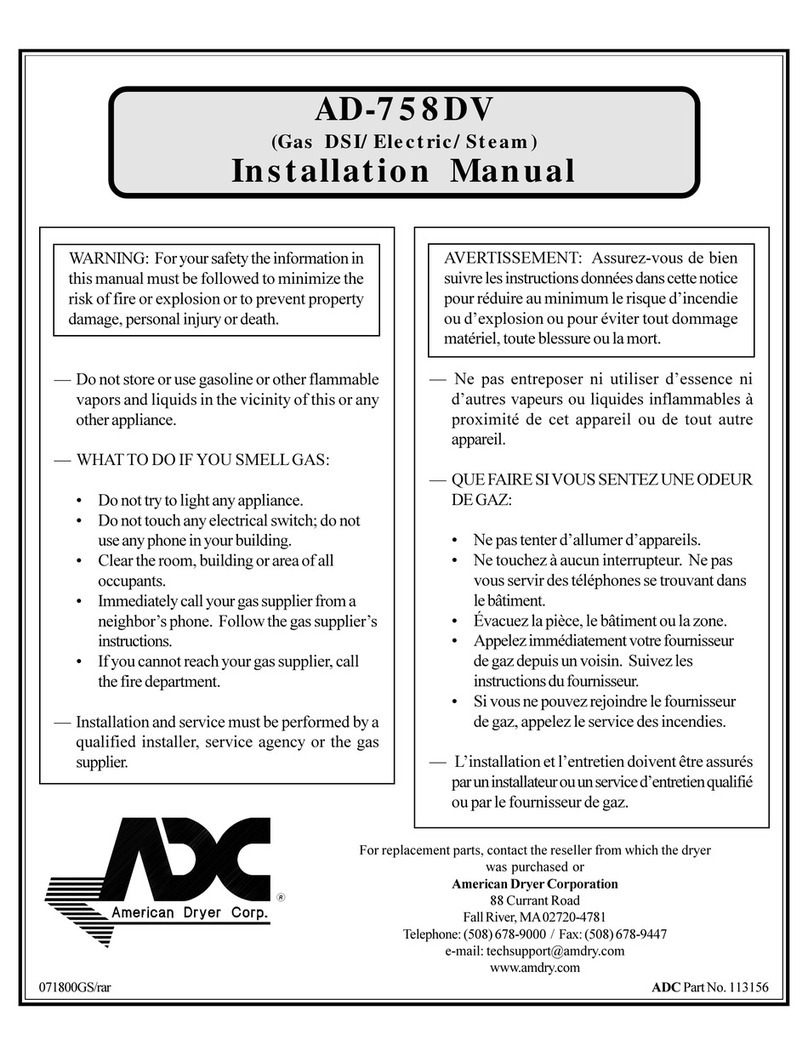
American Dryer Corp.
American Dryer Corp. AD-758DV User manual
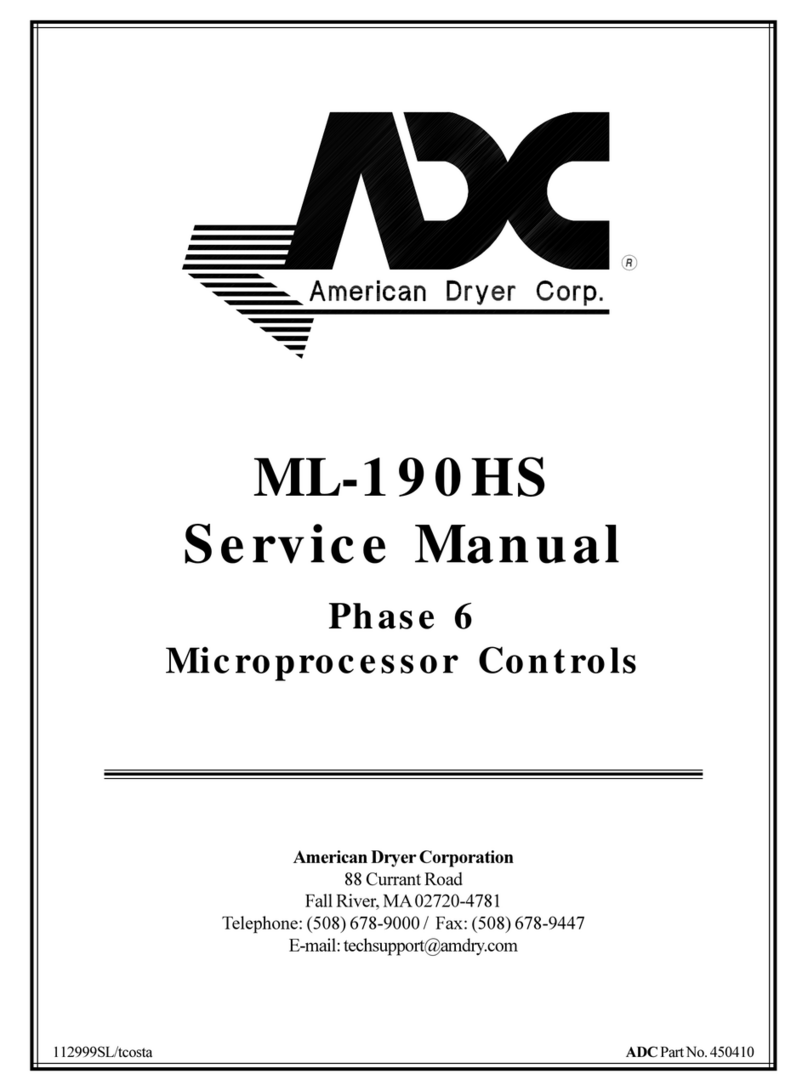
American Dryer Corp.
American Dryer Corp. Phase 6 Microprocessor Controls ML-190HS User manual
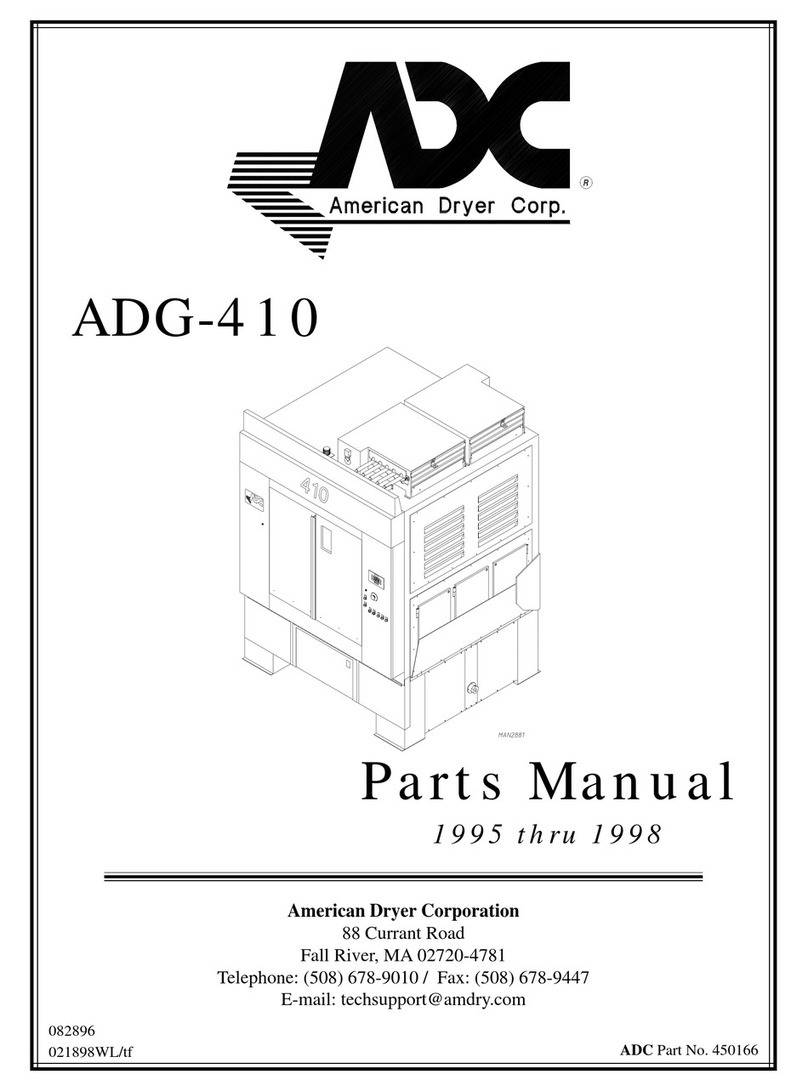
American Dryer Corp.
American Dryer Corp. ADG-410 User manual
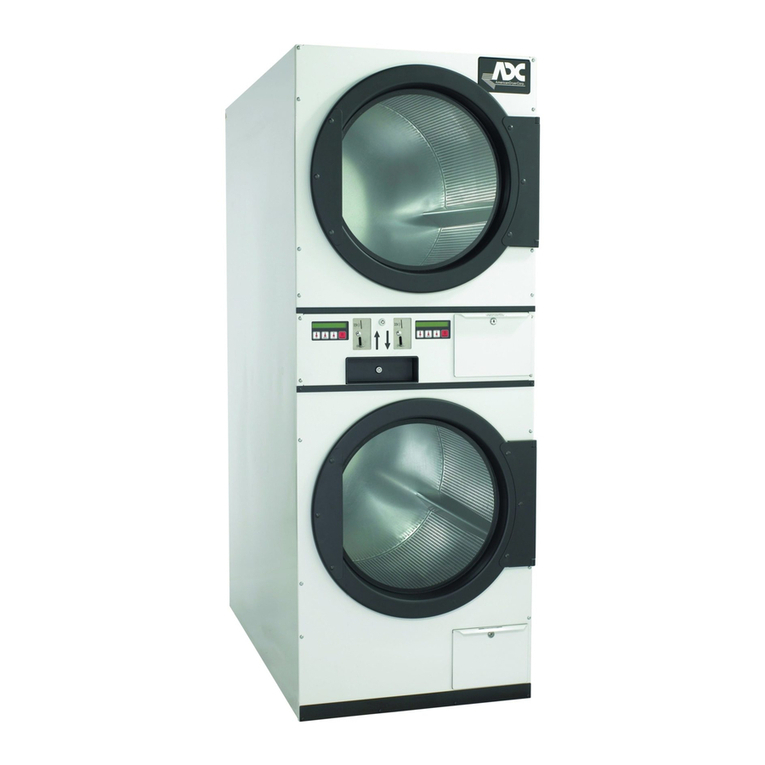
American Dryer Corp.
American Dryer Corp. AD-236 User manual
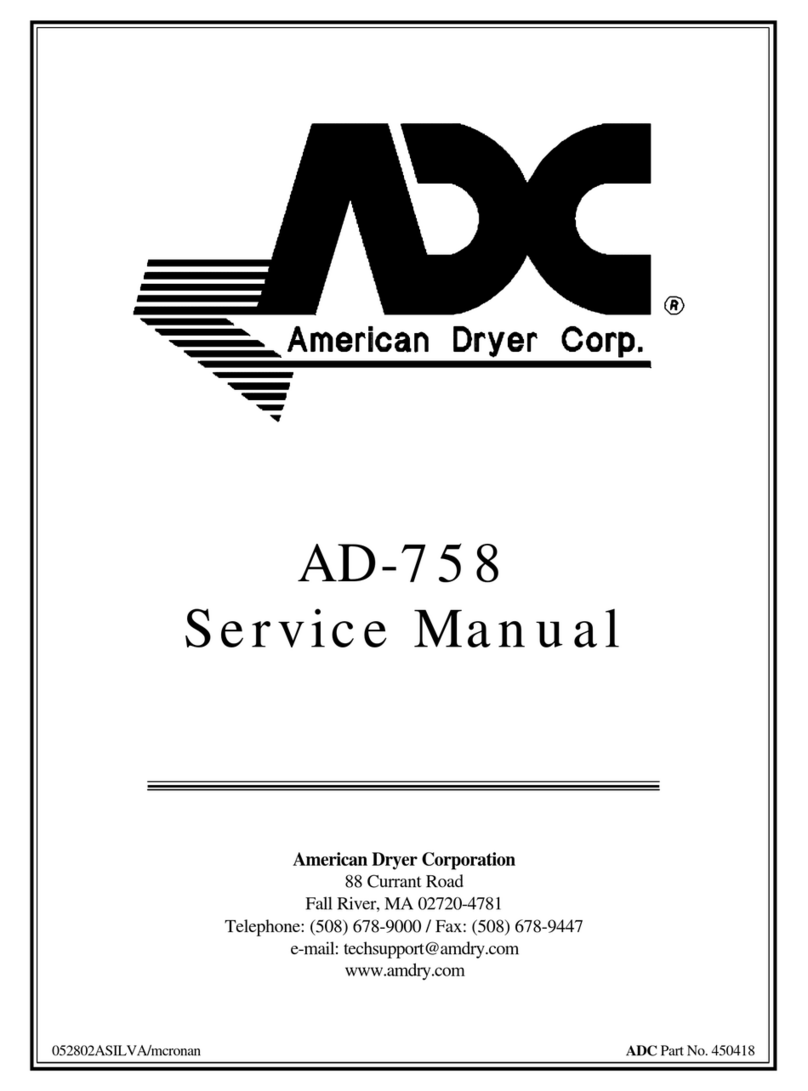
American Dryer Corp.
American Dryer Corp. AD-758 User manual
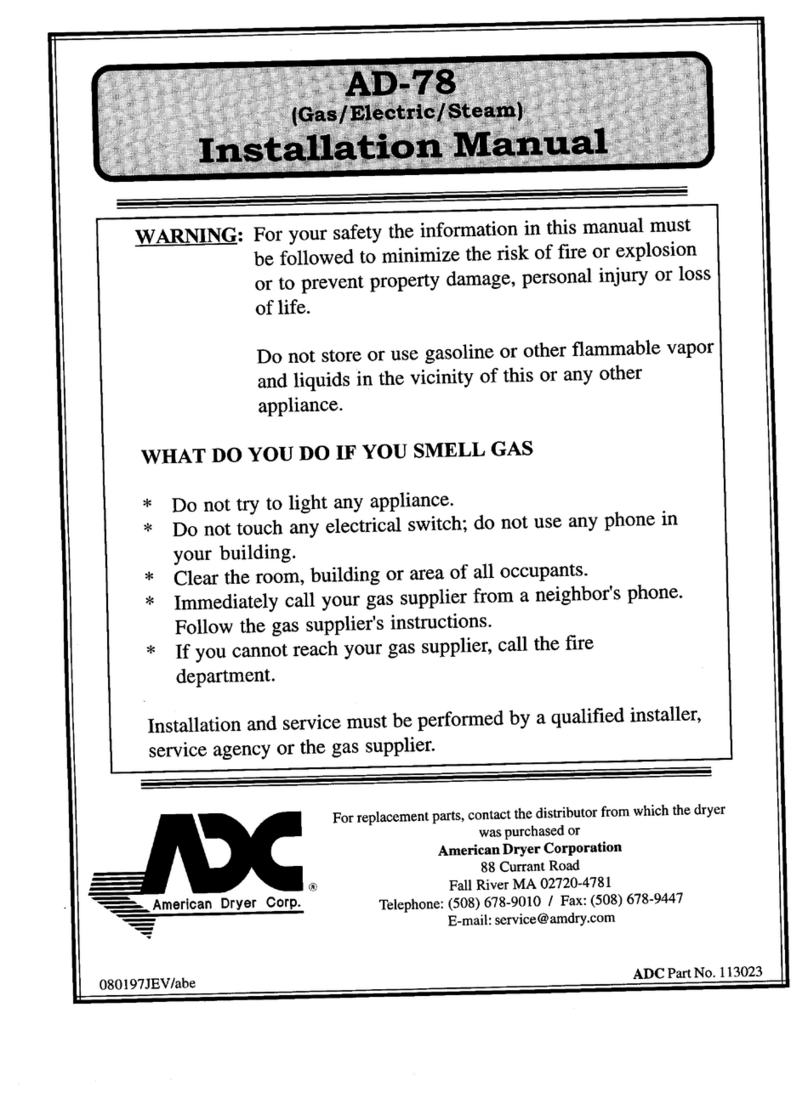
American Dryer Corp.
American Dryer Corp. AD-78 User manual
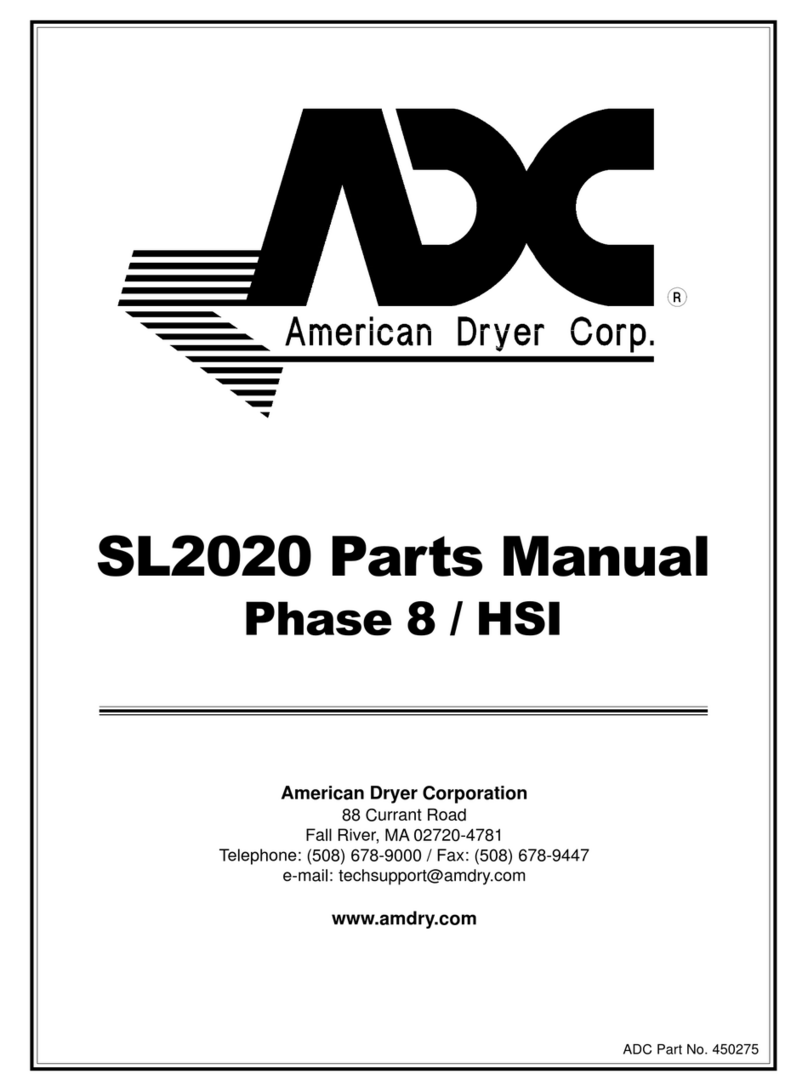
American Dryer Corp.
American Dryer Corp. SL2020 User manual

American Dryer Corp.
American Dryer Corp. SL50 User manual
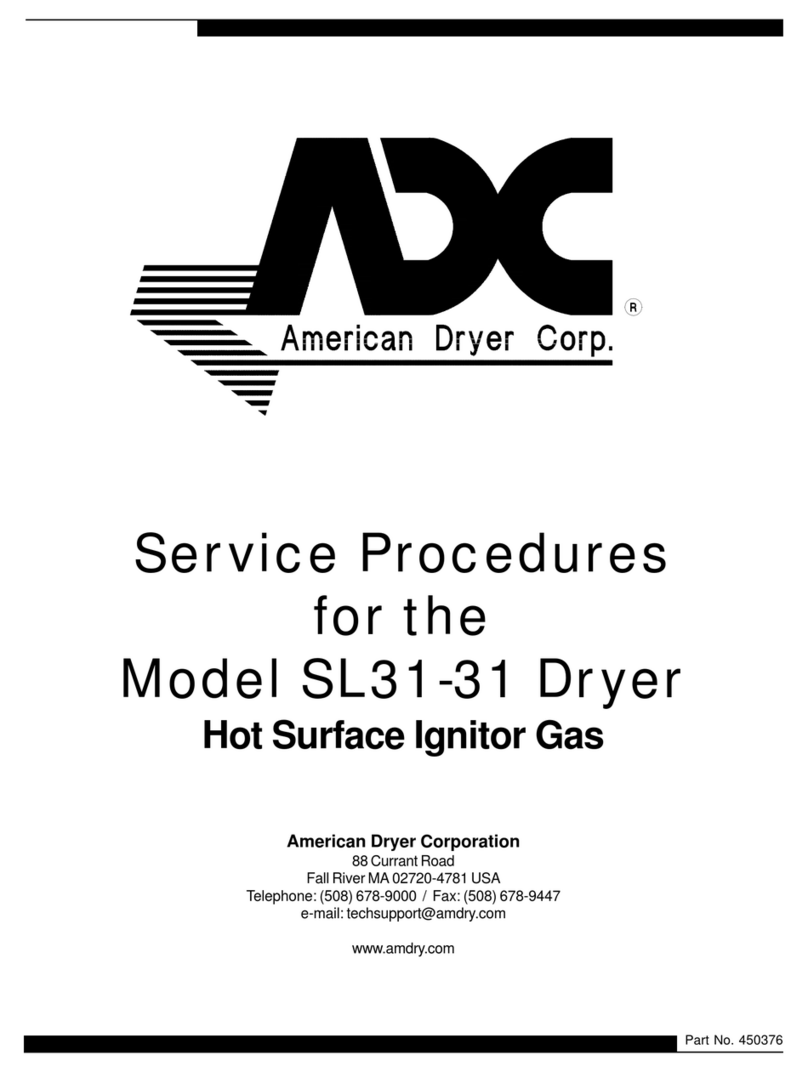
American Dryer Corp.
American Dryer Corp. SL31-31 Manual

American Dryer Corp.
American Dryer Corp. AD-15 Phase 7 User manual
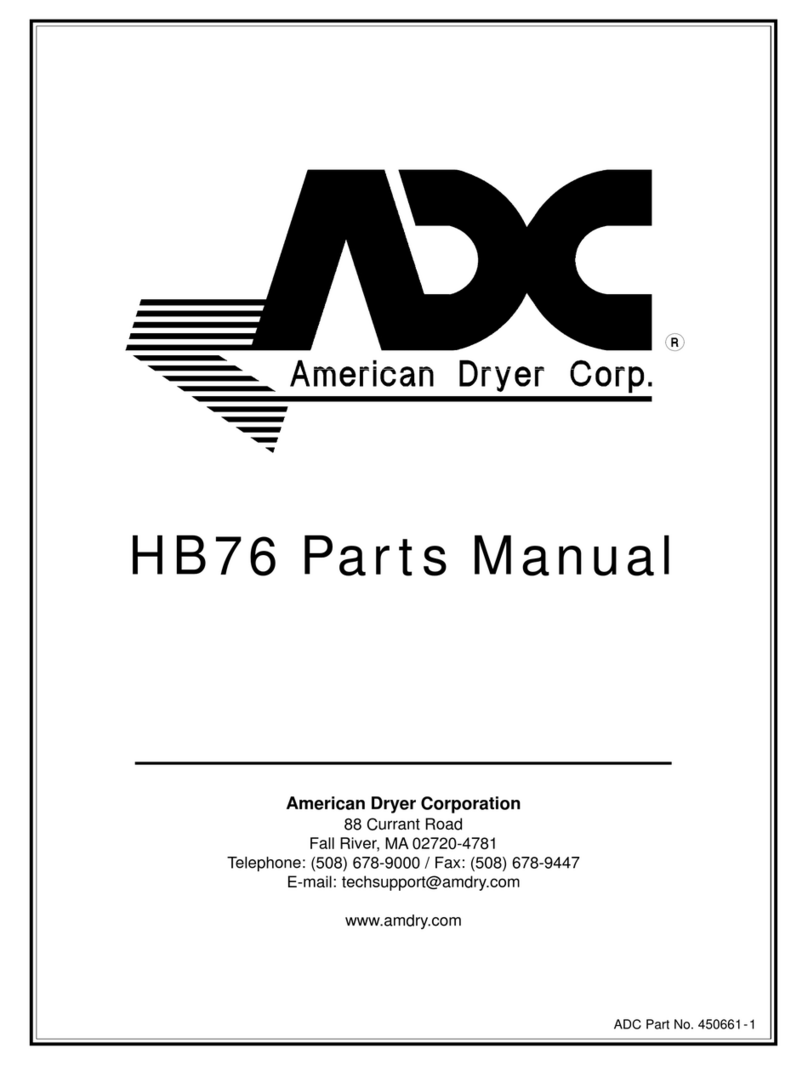
American Dryer Corp.
American Dryer Corp. HB76 User manual
Popular Dryer manuals by other brands

ffuuss
ffuuss eos user manual

KitchenAid
KitchenAid 53-3498 installation instructions

Schulthess
Schulthess Spirit topLine TW 8340 operating instructions

Whirlpool
Whirlpool LGR4624BW0 parts list

World Dryer
World Dryer AirMax D M5-972A manual

Alliance Laundry Systems
Alliance Laundry Systems ADEE9BSS user guide
